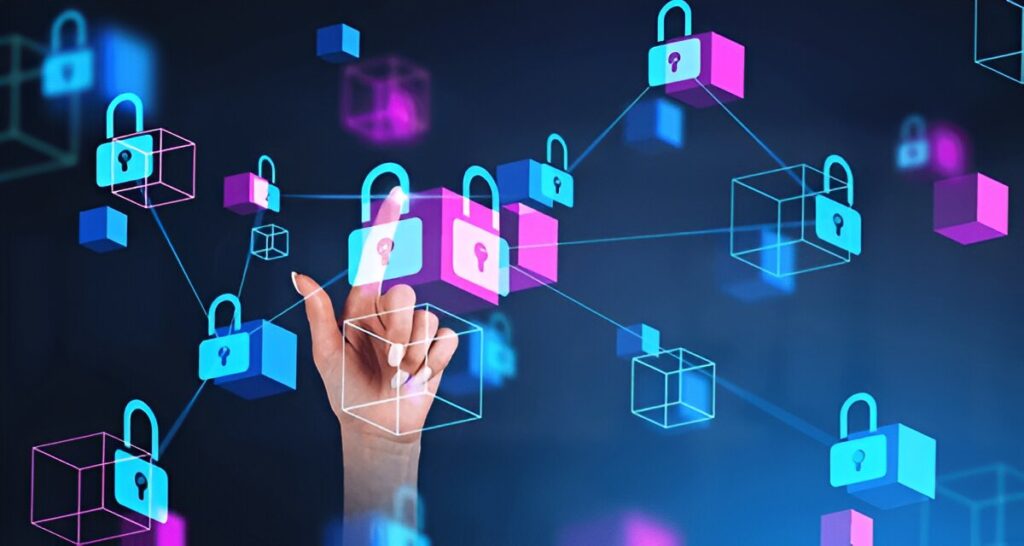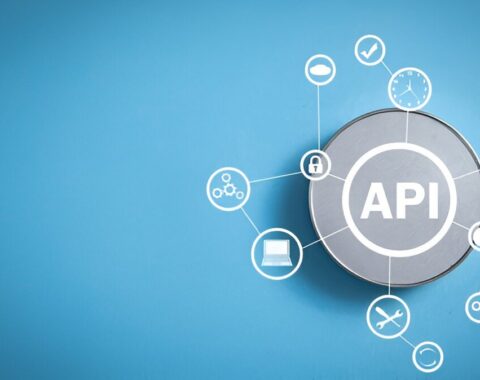
In a world where data is the new oil, privacy is the firewall protecting trust. As organizations handle increasing volumes of personal and behavioral data, designing privacy-first data pipelines is no longer a choice, it’s an obligation. With global privacy regulations tightening and users demanding transparency, enterprises must rethink how they collect, process, and store information without compromising insight or innovation.
Why Privacy-First Data Architecture Matters
Traditional data architectures were built for performance and scale, not privacy. Today’s digital landscape demands systems that are not only fast and intelligent but also secure and compliant. A privacy-first data pipeline ensures that data anonymization, encryption, and governance are embedded at every stage—from ingestion to analysis.
According to Gartner, by 2026, 75% of the global population will have its personal data covered under privacy regulations. Non-compliance can lead to fines, loss of reputation, and erosion of customer trust.
Core Principles of Privacy-First Data Pipelines
Building a privacy-first data system starts with principles that safeguard user identity while maintaining analytical value. Key pillars include:
- Data Minimization: Collect only what’s necessary for the business purpose. Avoid over-collection and long retention periods.
- Anonymization & Pseudonymization: Remove or alter identifiable attributes to protect individual identities in shared datasets.
- Differential Privacy: Add statistical noise to data outputs to prevent reverse engineering of individual records.
- Encryption & Access Control: Implement strong encryption during storage and transmission, with role-based access control (RBAC).
- Compliance by Design: Bake GDPR, CCPA, and local data privacy standards into your pipeline’s architecture from the start.
Integrating Anonymization into Data Pipelines
Anonymization is a cornerstone of privacy-first data engineering. It ensures personal identifiers—such as names, IDs, or GPS coordinates—are stripped or transformed so individuals cannot be re-identified. Common techniques include:
- Masking: Replacing sensitive values with random or placeholder characters.
- Tokenization: Converting sensitive data into reversible tokens stored securely.
- Aggregation: Summarizing datasets to prevent exposure of individual data points.
For example, a global financial client implemented a custom anonymization pipeline to process millions of customer transactions daily. The system applied layered masking and aggregation rules, reducing privacy risks while maintaining analytical depth for fraud detection and trend analysis.
Understanding Differential Privacy: The Next Step in Data Protection
While anonymization protects identity, differential privacy safeguards statistical insights. It ensures that removing or adding one individual’s data does not significantly affect the outcome of any analysis—making it impossible to infer personal details.
Tech giants like Google and Apple have adopted differential privacy in their analytics workflows to balance data utility and confidentiality. In enterprise systems, this approach can be integrated through APIs or model training layers that inject controlled noise into datasets or outputs.
Implementing Differential Privacy in Your Data Stack
Here’s how to integrate differential privacy effectively:
- Define sensitivity levels—identify which datasets require the highest protection.
- Use privacy budgets—limit the amount of noise added to maintain analytical accuracy.
- Embed privacy frameworks—integrate tools like TensorFlow Privacy or PyDP.
- Continuously test for re-identification risks using adversarial simulations.
Building Privacy-First Pipelines: A Practical Approach
At Pexaworks, we approach data privacy through engineering discipline and AI-driven insight. A privacy-first pipeline can be built through these key steps:
- Assess data flows—map all ingestion, processing, and sharing points.
- Apply privacy classification—categorize data by risk level and compliance requirement.
- Integrate anonymization modules—use microservices to anonymize before analytics or model training.
- Use AI for monitoring—deploy ML models to detect anomalies, policy violations, or potential data leaks.
- Audit continuously—run automated privacy checks and maintain detailed logs for compliance reviews.
This methodology enables enterprises to modernize data pipelines while preserving compliance and trust. Explore how Pexaworks delivers such solutions on our Our Services page.
The Business Impact of Privacy-First Design
Investing in privacy-first data pipelines pays long-term dividends. It not only ensures compliance but also builds customer loyalty. Organizations that prioritize privacy experience higher engagement and reduced churn, as users feel safer sharing their data.
Moreover, as AI models depend on vast datasets, a privacy-first design helps enterprises unlock AI potential without risking sensitive information. Learn more about how Pexaworks integrates privacy-first AI solutions on our Why Pexaworks page.
Trust Is the New Differentiator
Privacy-first data pipelines aren’t just a compliance checkbox—they’re the foundation for ethical innovation. By combining anonymization, encryption, and differential privacy, businesses can extract insights responsibly while respecting user rights. As AI and analytics continue to scale, the organizations that embed privacy by design will lead the next era of digital trust.
Ready to modernize your data architecture with privacy-first engineering? Start your journey with Pexaworks today.


